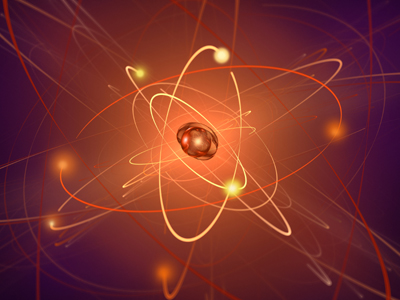

Atoms - Electronic Structure
Related to atomic structure, this GCSE Chemistry quiz looks specifically at the electronic structure of atoms – that is, their arrangement of electrons. This topic includes the electronic configuration of certain elements and their ions, the energy levels or electron shells and the maximum number of electrons they can contain, and how the number of electrons in an atom’s outer shell is related to its place in the Periodic table.
There are different ways of numbering the groups of the periodic table. Most UK exam boards still follow the convention that the number of electrons in the outer shell = number of group. If you study chemistry to higher levels, you will find that this is no longer the case other than for groups 1 and 2.
Atoms contain protons, neutrons and electrons.The electrons orbit the nucleus in discrete shells which can also be referred to as energy levels. The electrons are held in place by the postive charge of the nucleus. How these electrons are arranged is very important to their chemical properties - chemical reactions are simply an exchange or sharing of electrons. You need to be able to draw the electronic structures for the first 20 elements of the Periodic Table and will have noticed that the elements in an individual group all contain the same number of electrons in the outer shell.
Ready for more?
not all...
quizzers. Try to win a coveted spot on our Hall of Fame Page.






